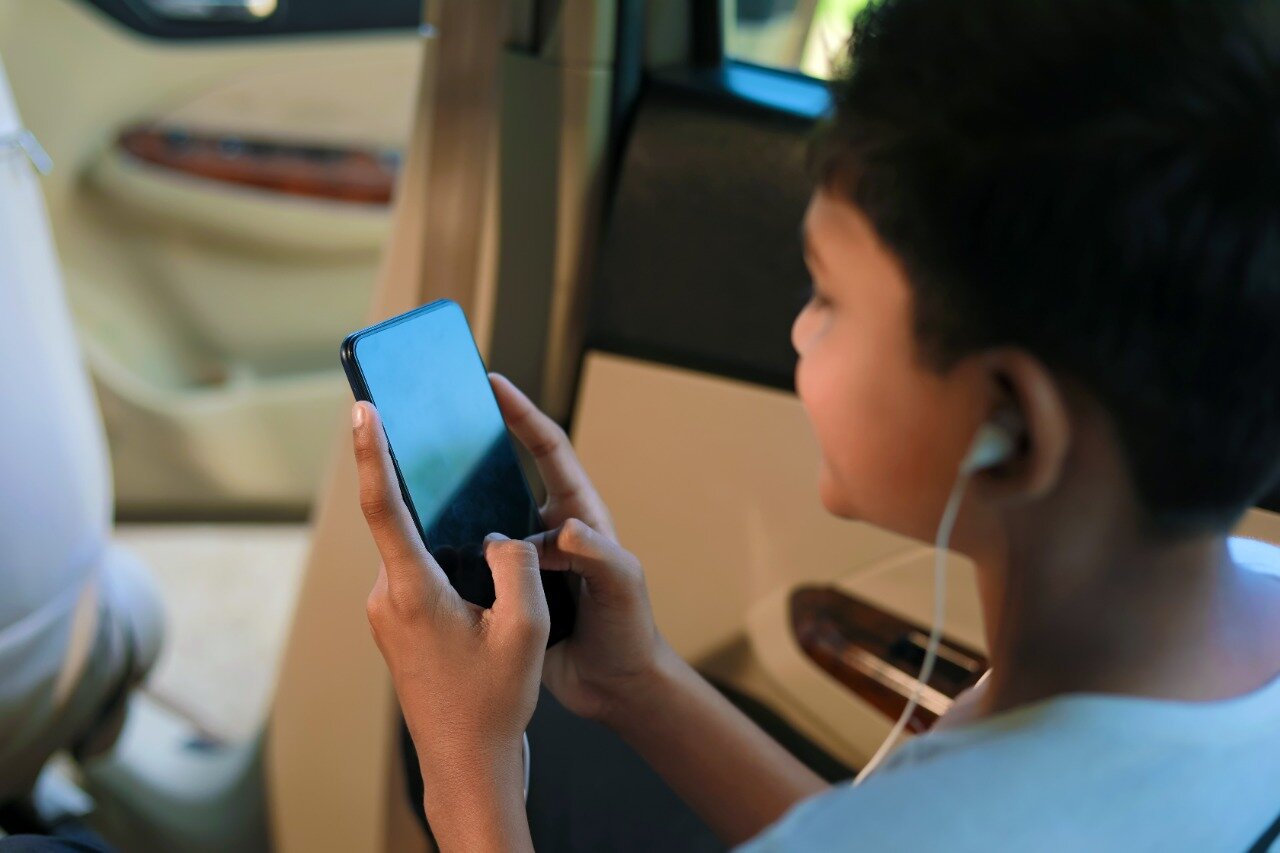We live in an age of technology, and there can be no doubt that it is addictive. But how much is too much? And how is it affecting children all across the country? Various studies have shown that the pandemic has had a negative impact on children; during the period of lockdown, children are spending thrice as much time on electronic gadgets and being online than during pre-pandemic times. While part of this can be attributed to online learning and academic pursuits, it has parents across the country concerned.
[the_ad id=”20296″]
The effects of internet addiction include higher chances of developing attention problems such as ADHD, a heightened possibility for mental illness like depression and anxiety, and health problems like obesity and sleeping difficulties.
The first step for treatment or prevention is awareness. Here are a few signs to recognize if your child is overusing their gadgets or developing an addiction to being online:
- Spending an excessive amount of time online on a regular basis
- Replacing time usually spent on studying/hobbies on using gadgets/being online
- Disrupted sleep patterns due to screen time before bed
- Not sticking to the allotted time decided upon for electronic devices
- Looks for reasons or makes excuses to turn to devices
- Stays online longer than originally planned
- Displays agitation when interrupted while using gadgets
- Shows moodiness, depression or irritability when web access is denied
- Prefers the virtual world to the real world
How should we as parents deal with this scary yet seemingly inevitable phenomenon? The first thing to understand is it is not your child’s fault. The internet has high appeal to children, teenagers and adults alike. It has brought the world at our fingertips, connected us to our friends, allowed us to make new ones, it enables us to keep working in the midst of a raging pandemic, and gives us access to more information than we know what to do with. It is naturally tempting and engaging, like candy. However, similar to candy, the ease of access to too much of something can sometimes be bad. Children have impressionable minds, and especially during the pandemic when outside access has been largely curbed, there have been minimal outlets to turn to inside the house that don’t involve devices.
But don’t fret. There is a way to get a handle on your child’s addiction. At the core of it is this: compassionate boundary-making.
Here are a few ways to create boundaries that your children will be more inclined to follow that can help manage the dependence on electronic devices:
- Don’t blame your child: Understand that young children are born into an age of technology that is different from your generation. Blaming them for finding the online world enjoyable is like blaming yourself for enjoying TV as a child.
- Be gentle yet firm with screen time: Children need structure in their lives to navigate the world. Help make a routine that makes space for online time but also has offline activities. Negotiate with your child and adjust as they grow older.
- Be open: Children may perceive boundaries on screen time as punishment. Explain how it is not intended to be, why too much screen time disrupts the daily balance or how you don’t want them to miss out on family time or hobbies.
- Make offline time engaging: Putting in effort to create ways for your child to engage in enjoyable activities while they are offline goes a long way in reducing dependence on gadgets.
The most important thing is not to let internet addiction be a hindrance to your relationship with your child. Instead, use this as an opportunity to understand and communicate with them better. Build bridges, not barriers.
